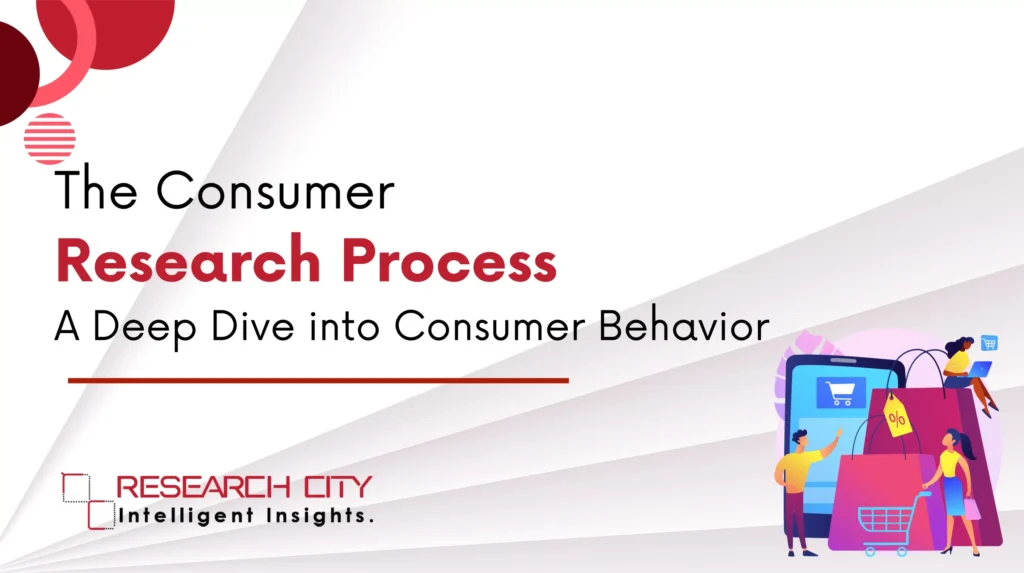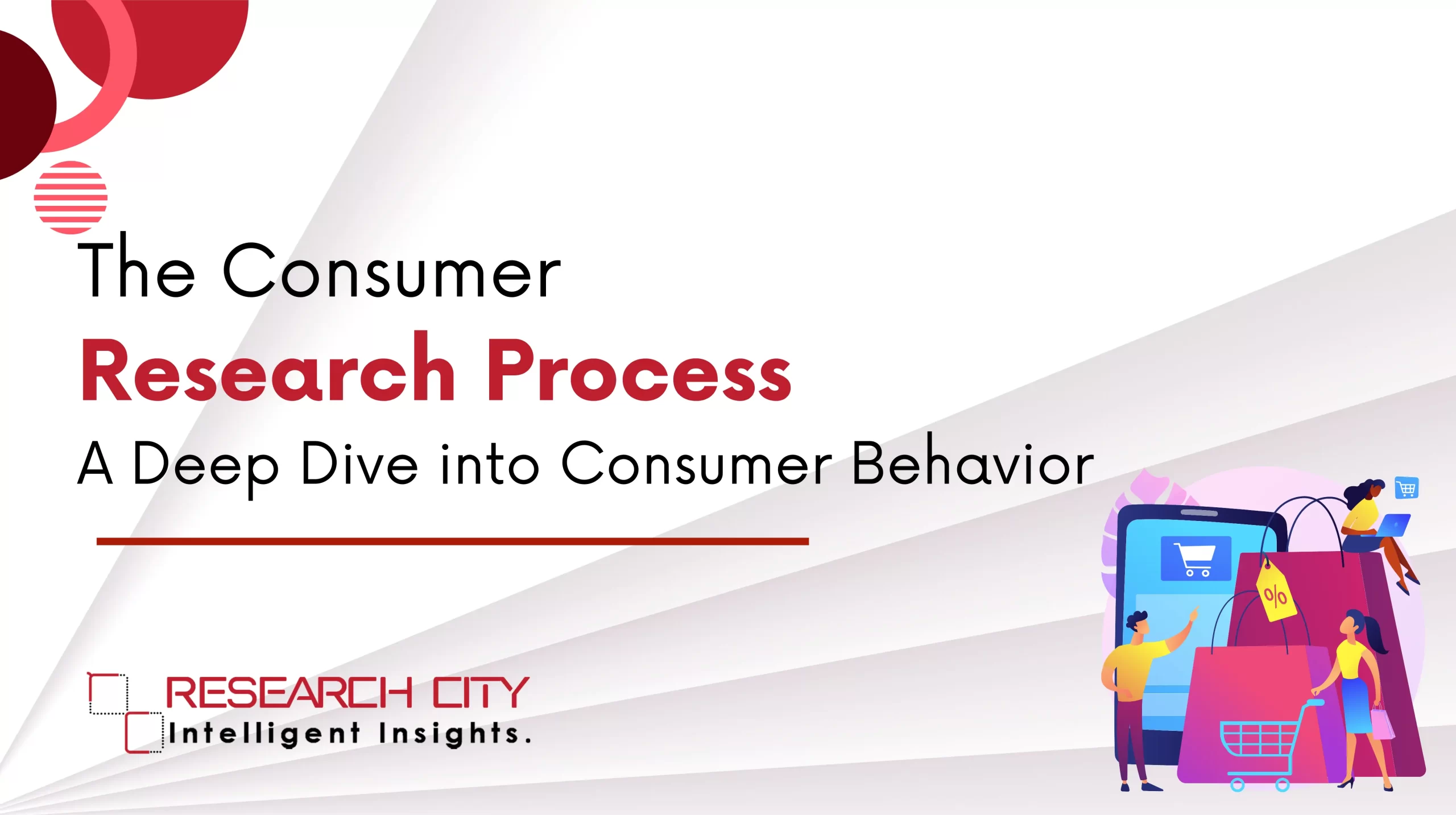At the core of market research lies consumer behavior—the study of how individuals or groups select, purchase, use, or dispose of products and services. The consumer research process helps companies better understand these behaviors, enabling them to refine their offerings.
Step 1: Identifying the Problem
The first step in any consumer research process is to identify the problem or question the company seeks to answer. Whether it’s understanding why a product isn’t selling or exploring new consumer preferences, this step is crucial for guiding the rest of the research.
Step 2: Designing the Research Approach
Once the problem is identified, the next step involves selecting the research methodology—qualitative, quantitative, or a mix of both. Companies must decide whether they want in-depth insights through interviews and focus groups or broader trends through surveys and data analytics.
Step 3: Data Collection
Data collection can be done through various channels, from online surveys to social media listening. Today’s businesses can leverage digital platforms to gather real-time insights into consumer behavior.
Step 4: Data Analysis
The collected data needs to be analyzed to make sense of consumer patterns and preferences. This step often involves statistical analysis for quantitative research or thematic analysis for qualitative data.
Step 5: Presenting Findings
The final step is to present the findings in a manner that provides actionable insights. This can help businesses develop strategies that align more closely with consumer expectations, improving product development and marketing strategies.
Understanding Consumer Behavior
Studying consumer behavior is crucial for any business. Insights gained from the consumer research process can help companies anticipate needs, identify market opportunities, and build stronger relationships with their customers.
Conclusion
Understanding consumer behavior is fundamental for businesses seeking to enhance their offerings and strategies. By following the consumer research process—identifying problems, designing the research approach, collecting and analyzing data, and presenting actionable findings—companies can gain valuable insights into consumer preferences and behaviors. This knowledge helps in refining products, anticipating needs, and seizing market opportunities. For in-depth consumer research expertise, get in touch with Research City today!





